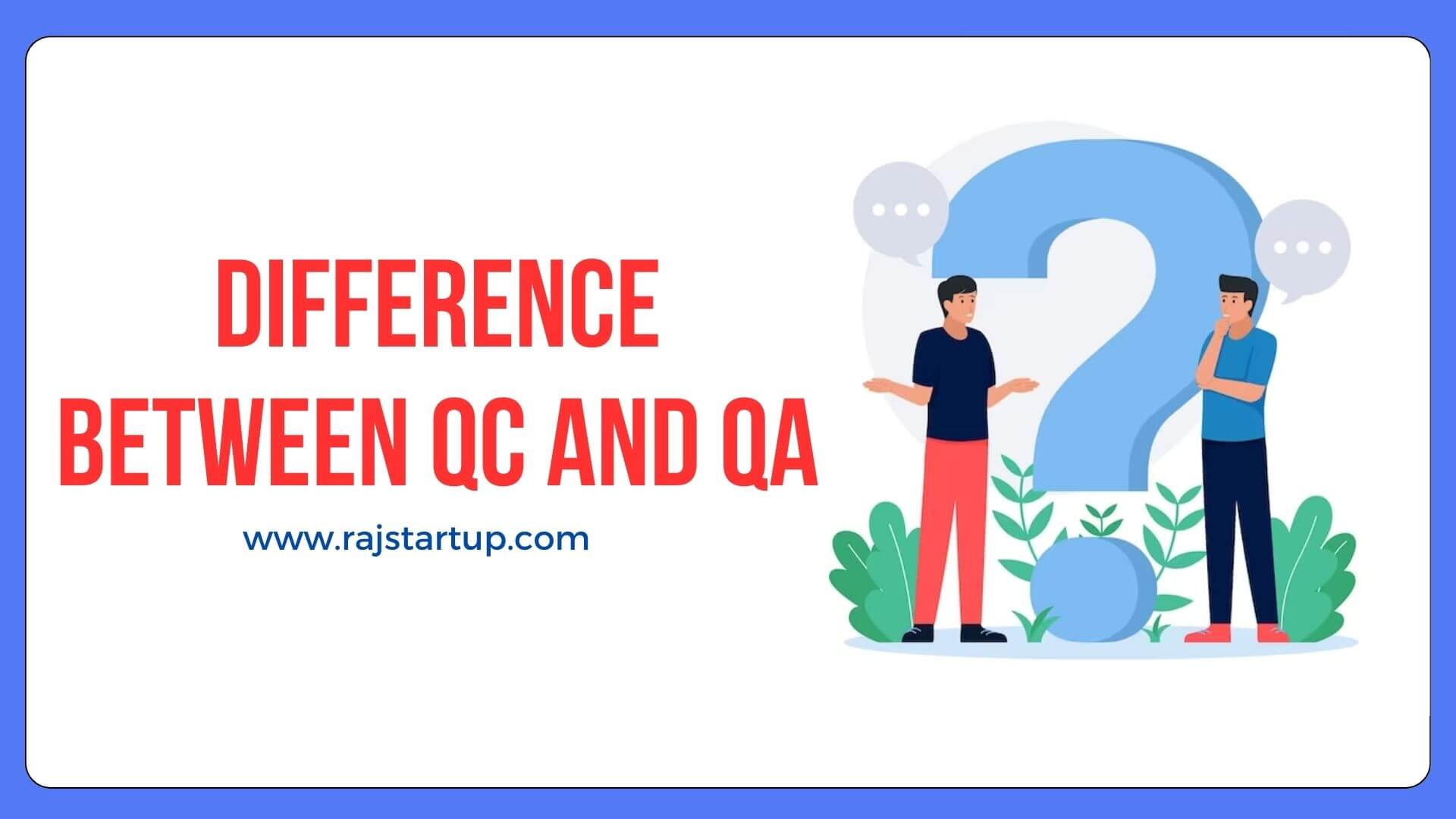What
is QA and QC
QA (Quality Assurance) and QC (Quality Control) are two
distinct processes that are commonly used in various industries to ensure the
quality of products or services. While they share the common goal of ensuring
quality, they have different focuses and activities.
1. Quality Assurance
(QA):
- Focus: QA is a proactive process that emphasizes
preventing defects and errors before they occur in the final product or
service.
- Activities: QA involves establishing and
maintaining processes and standards to ensure that the development or
production process is efficient and meets the required quality criteria.
- Responsibility: QA is a responsibility of the
entire team and is not limited to a specific individual or group.
Examples:
- Defining and
implementing quality standards.
- Conducting
process audits to ensure compliance with standards.
- Providing
training and guidelines to team members.
2. Quality Control
(QC):
- Focus: QC is a reactive process that focuses on
identifying and correcting defects or errors in the final product or service.
- Activities: QC involves inspection, testing, and
measurement of the product or service to ensure that it meets the specified
requirements and quality standards.
- Responsibility: QC is typically carried out by a
dedicated team or individuals responsible for checking the product's
conformance to quality criteria.
Examples:
- Conducting
inspections and tests on finished products.
- Using statistical
methods to analyze product quality.
- Implementing
corrective actions in case of defects.
In summary, QA is about preventing issues by establishing
and maintaining processes, while QC is about identifying and correcting issues
through inspection and testing. Both QA and QC are essential components of a
comprehensive quality management system, working together to ensure that the
final product or service meets the desired quality standards.
What is the different between QA and QC
The main differences between Quality Assurance (QA) and
Quality Control (QC) lie in their focus, timing, and activities. Here's a
breakdown of the key distinctions:
1. Focus:
- QA (Quality Assurance): Focuses on preventing
defects and errors by establishing and maintaining processes. It's a proactive
approach aimed at improving the development or production processes to ensure
that the final product or service meets the required quality standards.
- QC (Quality Control): Focuses on identifying and
correcting defects and errors in the final product or service. It's a reactive
approach that involves inspection, testing, and measurement to ensure that the
product or service meets the specified quality criteria.
2. Timing:
- QA: Occurs throughout the entire development or
production process. It is ongoing and is integrated into the workflow to ensure
that quality is built into the product from the beginning.
- QC: Takes place after the product or service is developed
or produced. It involves checking the final output to ensure it meets the
established quality standards.
3. Activities:
- QA: Involves activities such as process design,
process audits, training, and the establishment of quality standards. QA is
concerned with the entire process of creating a product or delivering a
service.
- QC: Involves activities such as inspections,
testing, measurements, and corrective actions. QC is concerned with the
specific output or end product to verify its compliance with quality standards.
4. Responsibility:
- QA: Is a responsibility of the entire team.
Everyone involved in the process is responsible for maintaining and improving
quality.
- QC: Is often carried out by a dedicated team or
individuals specifically tasked with inspecting and testing the product or
service.
5. Nature:
- QA: Is a holistic and management-driven
approach. It focuses on the entire process and aims to create a culture of
quality within the organization.
- QC: Is specific and inspection-driven. It
involves checking individual products or services to ensure they meet the
established quality criteria.
In summary, QA is about process improvement and prevention
of defects, while QC is about product inspection and correction of defects.
Both QA and QC are integral components of a comprehensive quality management
system, working together to ensure the delivery of high-quality products or
services.

